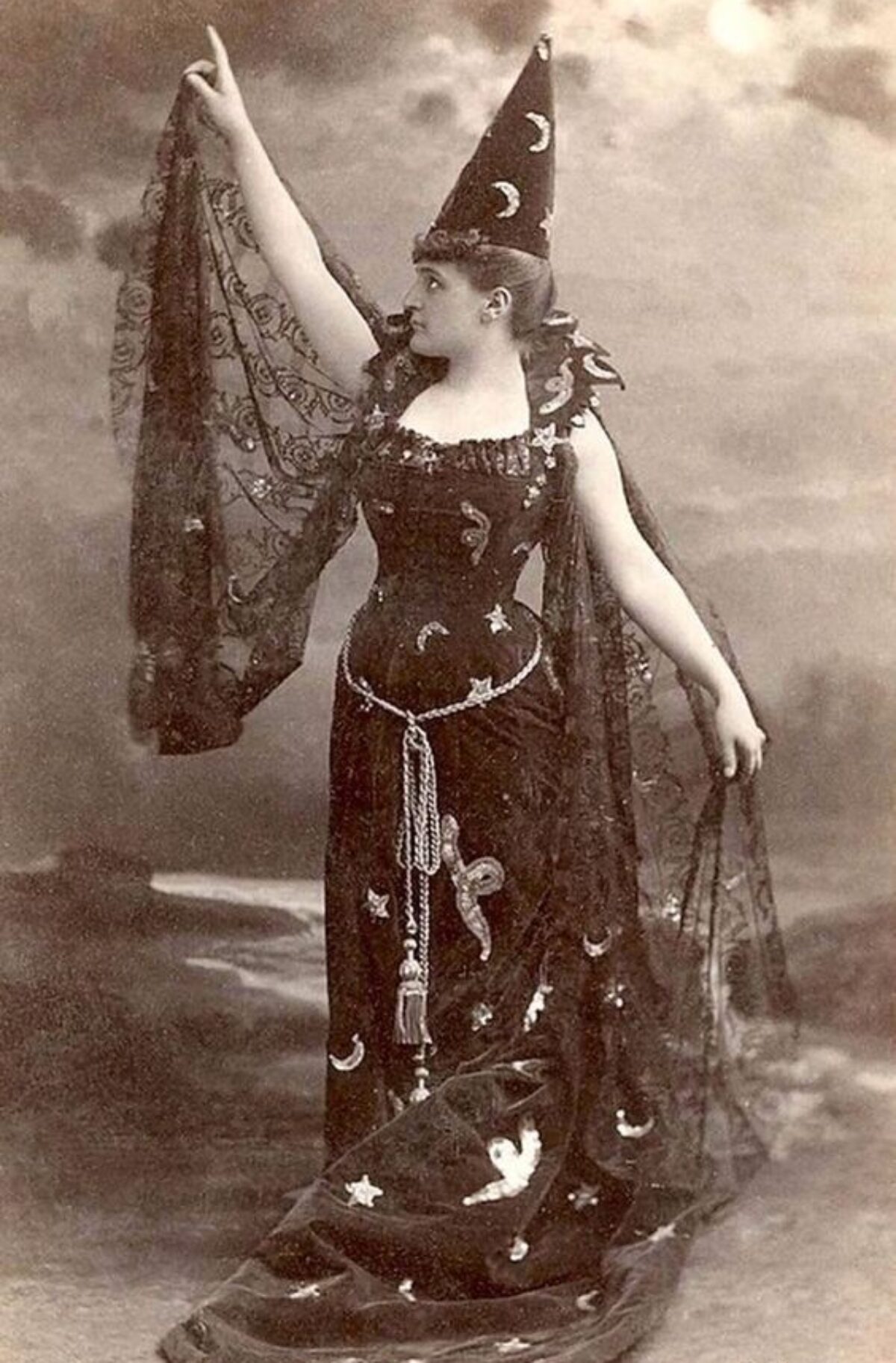So, yeah. The current social and political climate is a bit scary, for us girls. Yes, we rocked the pussy march. But when it comes to safety on the streets and control over our uterus, none of us are quite sure where we stand. Fortunately in February, there is a way cooler reason that things get scary.

(pictured, Maila Nurmi as Vampira, Yvonne De Carlo as Lily Munster, Elsa Lanchester as the Bride of Frankenstein, and Carolyn Jones as Morticia Addams)
February is international Women in Horror Month (WiHM). This is a time for our community of creators and fans to celebrate the work of women in this set of genres. I plan to roll out a few things over the course of the month. One, this introduction to the WiHM happenings. Two, some more information about women in the literary arts (horror and beyond). Three, a couple of historical profiles about women who have contributed to horror genres.
For today, let’s just get a handle on this thing called WiHM. Here’s some information from the 501c3 that supports the thing:
Women in Horror Month (WiHM) is an international, grassroots initiative, which encourages supporters to learn about and showcase the underrepresented work of women in the horror industries. Whether they are on the screen, behind the scenes, or contributing in their other various artistic ways, it is clear that women love, appreciate, and contribute to the horror genre.
WiHM celebrates these contributions to horror throughout the year via the official WiHM blog, Ax Wound, The Ax Wound Film Festival, and with the official WiHM event/project database in February. This database, in conjunction with the WiHM social media fan base, actively promotes do-it-yourself annual film screenings, blogs/articles, podcasts, and any other form of creative media with the ultimate goal of helping works by and featuring women reach a wider audience.
*Fun fact: “ax wound” is a sexist, slang term for the vagina that has been reclaimed by WiHM in this endeavor. I also co-opted the term in my poem, “Ten ways to play the woman card,” which is up at Rat’s Ass Review.
This inclusive and positive movement is open to everyone, just as we believe the horror genre should be.
(click on the logo to go to the WiHM site)
So, keep an eye out for WiHM posts on your fave writing blogs or websites. For instance, the New England Horror Writers group will be featuring women members on their blog all month, as they do every year. I didn’t jump in line for that, since I’ve been frantically editing a couple of projects. But my sisters in that group are doing some kickass work, and I highly recommend getting to know them through those blogs.
So, hang in there. If it has to be scary, let’s try to make it the good kind. Celebrate those fierce, feisty, not-taking-shit women. We need them now, more than ever.
Remember, Ladies, don’t be afraid to show your teeth.



